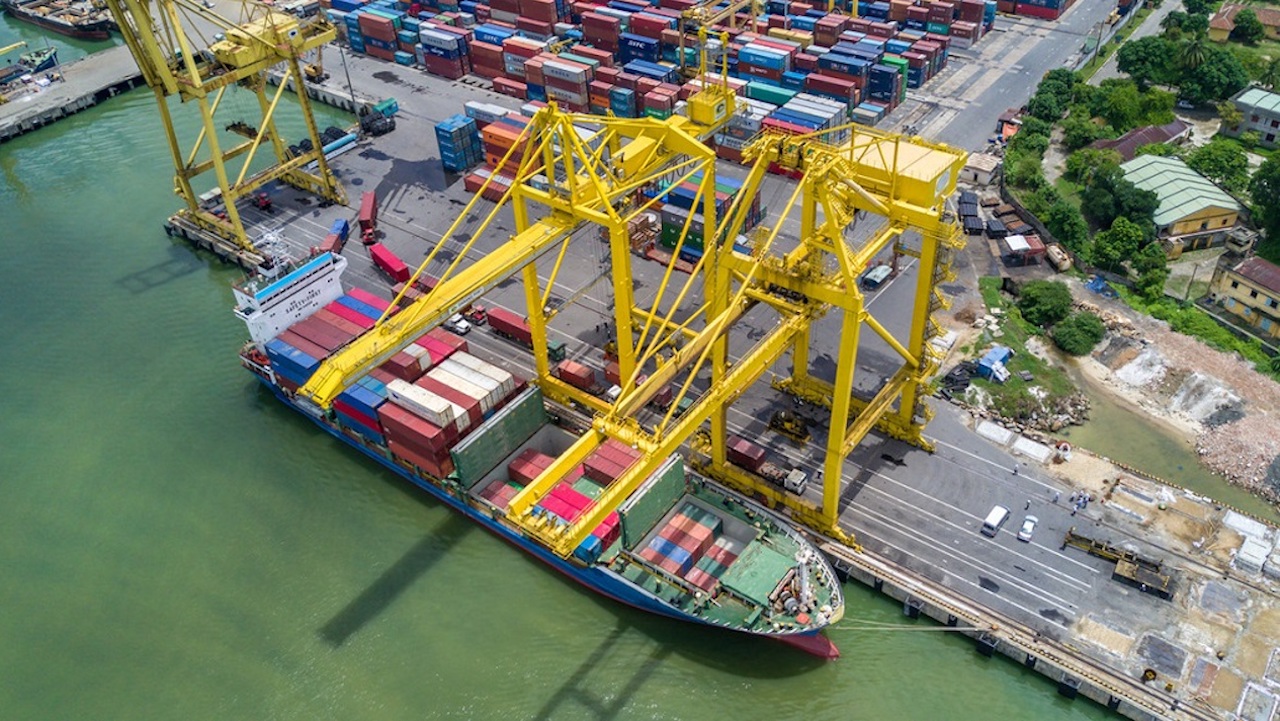
An UNCTAD study estimates that the Regional Comprehensive Economic Partnership will increase intraregional exports by $42 billion. Photo credit: ADB.
Uneven benefits from tariff concessions seen for member states but still advantageous overall.
A new Asia–Pacific trade agreement, the world’s largest, will take effect on 1 January 2022. Ten of the 15 countries have ratified the Regional Comprehensive Economic Partnership (RCEP) as of 2 November. More countries are expected to complete their ratification process by the end of 2021.
RCEP, which covers roughly a third of the world economy and population, will create a new center of gravity for global trade, says the United Nations Conference on Trade and Development (UNCTAD). However, it sees uneven benefits for members with Japan getting the most out of the tariff concessions while some countries in Southeast Asia may suffer a decline in some exports.
The RCEP bloc comprises the 10 ASEAN states, Australia, People's Republic of China (PRC), Japan, Republic of Korea (ROK), and New Zealand.
UNCTAD analysis
An UNCTAD study expects the elimination of about 92% of tariffs among the countries over a period of 20 years will boost intraregional exports by $42 billion from about $2.3 trillion in 2019 through trade creation and diversion. It will benefit particularly the largest economies, Australia, PRC, ROK, Japan, and New Zealand. Their higher trade effects are “not because of negotiations asymmetries, but largely due to the already low tariffs between many of the other RCEP members.”
Yet for Cambodia, Indonesia, Philippines, and Viet Nam, UNCTAD calculations show that tariff concessions may end up lowering exports. Some exports of these economies are expected to be diverted to the advantage of other RCEP members because of differences in the magnitude of tariff concessions. For example, some of the imports of PRC from Viet Nam will be replaced by imports from Japan because of the stronger tariff liberalization between the PRC and Japan.
UNCTAD says however that it is still better to be part of RCEP. “Even without considering the other benefits of the RCEP agreement besides tariff concessions, the trade creation effects associated with participation in RCEP softens the negative trade diversion effects. As the process of integration of RCEP members goes further, these diversion effects could be magnified, a factor that should not be underestimated by non-RCEP members.”
The agreement covers several areas of cooperation, including trade in goods and services, movement of people, investment, intellectual property, e-commerce, competition, government procurement, and dispute settlement.
UNCTAD also points out that RCEP can promote trade resilience among member states amid the COVID-19 pandemic.
Economic recovery
Economists of the Asian Development Bank see three areas where RCEP can help countries recover from COVID-19.
Trade liberalization will stimulate economic activity by opening sectors and markets. For example, RCEP aims to increase shareholding limits in 65% of service sectors (e.g. professional, telecommunications, and financial).
Intraregional investment is expected to increase further from the pre-COVID-19 $122 billion. “RCEP prohibits performance requirements—such as a specified percentage of domestic content or requirement of technology transfer—being placed on investors as conditions for market access, and locks in future easing of measures thus lowering risk of backtracking,” they note.
Digital economy initiatives, such as the free flow of data across borders and e-commerce cooperation, can facilitate trade and the digital transformation of small- and medium-sized enterprises, among others.
However, the economists say much work is needed for RCEP to reach its full potential.
Benefits for businesses
Multinational law firm Baker McKenzie identifies several advantages posed by RCEP for businesses operating in these countries. These include reduced or zero custom duties, optimization of supply chains and manufacturing processes, elimination of nontariff measures (e.g., quotas, licensing restrictions), and greater trade facilitation and transparency.
It notes as a major advantage the creation of a free trade relationship between the PRC, Japan, and ROK for the first time. In addition, RCEP allows cumulation of inputs to meet regional value content requirements and self-certification of the origin of goods as an option.
This article was first published by BIMP-EAGA on 28 December 2021.


